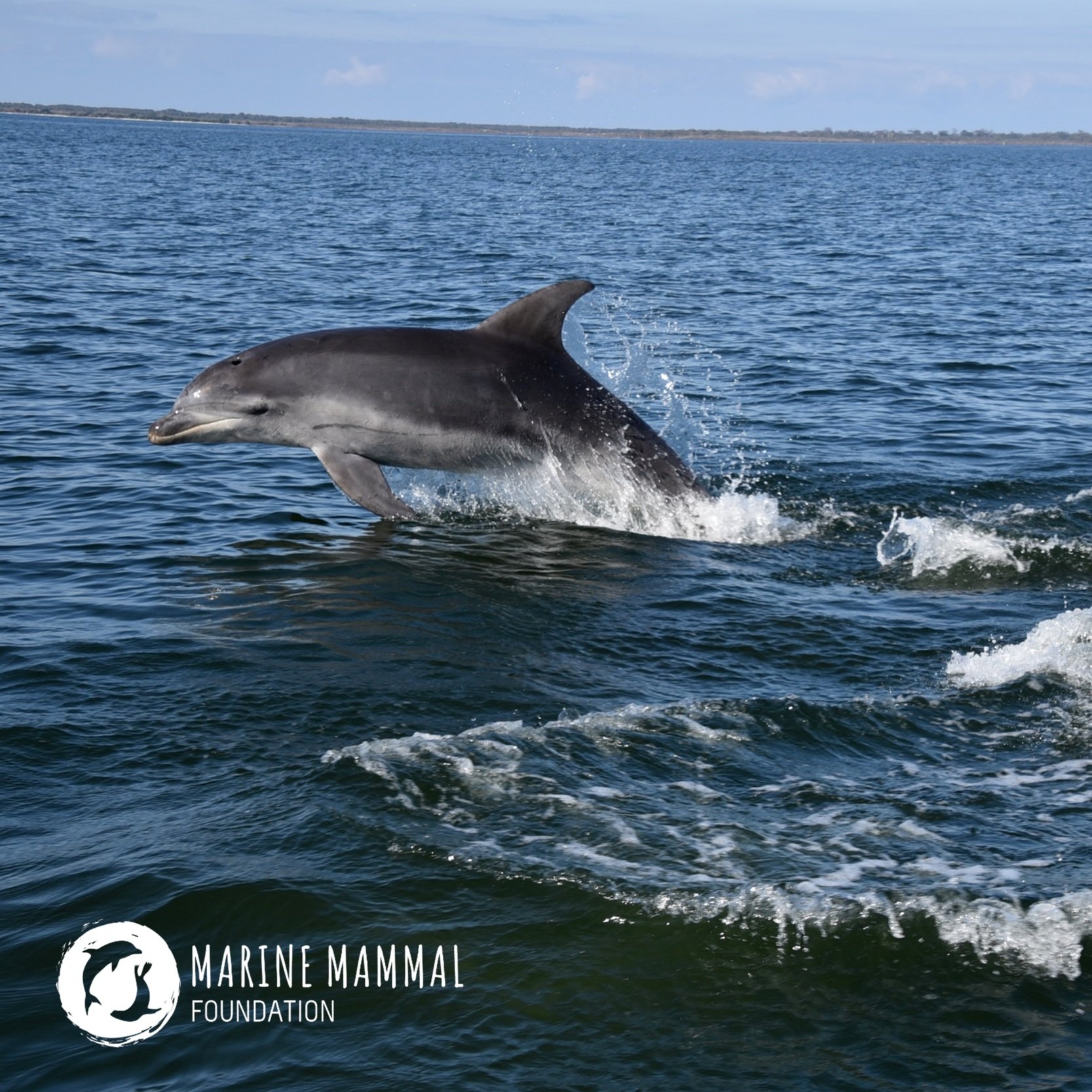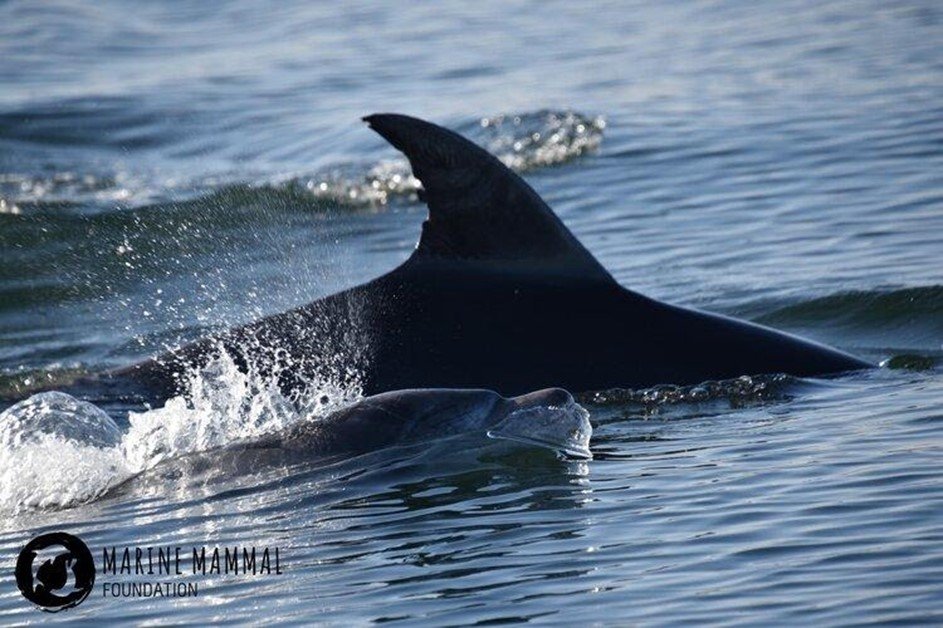Dolphin Deep Dive
Written by Holly Wilson, Marine Champions Leader
Here at the Marine Mammal Foundation dolphins are our jam!
In fact, MMF was founded by Dr Kate when she discovered that the bottlenose dolphins residing in Port Phillip bay and the Gippsland Lakes seemed to be their very own species. Using genetic and morphological evidence, Dr Kate found distinct differences between this new species, the Burrunan dolphin, and the common and indo-pacific bottlenose dolphin species (all classified within the genus Tursiops). Ever since then MMF has led the way on research and conservation of marine mammals, particularly dolphins, here in Victoria.
So to celebrate these flipping fantastic animals, take a deep dive with us and learn about some of the local dolphin gang.
What makes a dolphin a dolphin?
Dolphins are part of the order Cetacea which also includes whales and porpoises.
The term dolphin commonly refers to the order ‘odontocetes’ or ‘toothed-whales’. As the name suggests teeth are a key defining feature (although genetics are increasingly relied on) for classification. Dolphins have conical or peg shaped teeth, meaning species like the pilot whale are in fact dolphins. Porpoises have spade-shaped teeth, while true whales (Mysticeti) have a baleen (keratinous plates).
Although exclusively living in water, dolphins are actually mammals like us. This means they are ectotherms (‘warm-blooded'), produce milk (through mammary glands), and give birth to live young.
Within Australian waters there are believed to be 16 species of dolphin. Let's explore some now!
The Burrunan dolphin (Tursiops australis)
Formally described in 2011 by Dr Kate Robb, there are two Burrunan populations residing in Port Phillip Bay and the Gippsland Lakes. In collaboration with the Aboriginal Elders of the Boon Wurrang, the word ‘Burrunan’ was chosen for the new species to reflect the indigenous word for ‘dolphin’ used within the Kulin nation. A key visual difference with this species is its distinct tri-coloration (dark gray, light gray and white) and it's much smaller size compared to the common bottlenose.
As part of MMF boat-based research, the Burrunan populations are studied using a standard practice Fin ID technique. Similar to human thumb prints, dolphin dorsal fins are unique to the individual. Over time, dolphins acquire nicks and notches on their fin through interactions with other dolphins, or in extreme cases, entanglements or boat strikes. We collect photos of these ‘FINgerprints’ during our seasonal survey period to assist with all kinds of research on population size, trends, calving rates and much more.
Short-beaked common dolphin (Delphinus delphis)
When you think of a huge pod of dolphins bounding through the open ocean, you’re probably thinking of the short-beaked common dolphin. This small but fast dolphin can aggregate into super pods of up to 10,000 individuals.
To identify them look for their distinguishing yellow stripe on their flank in between their gray back and white belly. Their dorsal fin is more triangular in shape than their bottlenose sister taxa, and their rostrum (the ‘beak’ at the front of their face) is long and pointy.
While typically a pelagic species, that is, an open-ocean deep-water animal, a small population of short-beaked common dolphins have taken up residence in Port Phillip Bay. They frequent water off the Mornington Peninsula, usually sighted between Franston and Sorrento, and have an estimated population size of about 35 individuals.
Killer whale/‘Orca’ (Orcinus orca)
This apex predator might not be the first thing you picture when imagining a dolphin, but these large (weighing over 3000 kg and up to 9.7 m long) and intelligent beauties are dolphins, not whales! The misleading nomenclature is most likely due to their preference for hunting and feeding on whale calves, in particular their tongues!
They are found all over the world, from arctic regions to the tropics. You might even spot one in Port Phillip Bay or around Wilsons Promontory. Orcas are a transient species, meaning they have no particular residential location, and spend their lives searching the ocean for prey.
Marine mammal etiquette
As the warm weather continues into March, you might find yourself on the water observing a dolphin or two. To help our research and conservation efforts, log your sighting at the Dolphin & Whale Spotting Victoria - TrakMM Facebook page and spread the word about the Burrunan to your friends and family. Just this past summer, our research team was greatly assisted by the page, with the local community's help to lead us to several dolphin sightings in both Port Phillip and the Lakes.
Please also remember that in order to keep the animals safe, Victoria has some strict regulations. This includes maintaining a 100m distance for powered and unpowered vessels, and 300m for jet skis. This allows these majestic marine mammals the choice whether to keep their distance or approach you the rest of the way.






